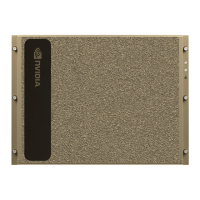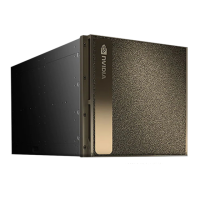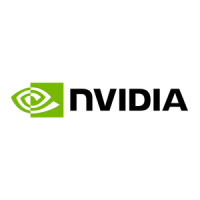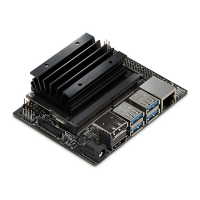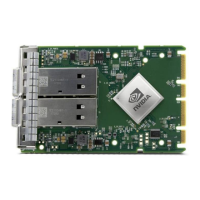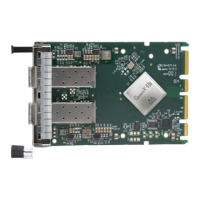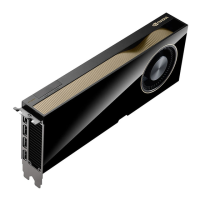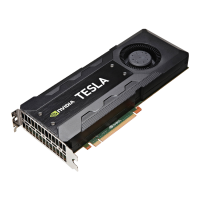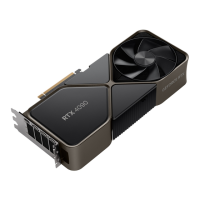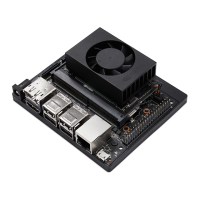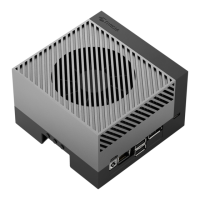Quick Start and Basic Operation
NVIDIA DGX A100 DU-09821-001 _v01|29
4.8.2. Disabling CPU Mitigations
CAUTION: Performing the following instructions will disable the CPU mitigations provided by
the DGX OS Server software.
1. Install the nv-mitigations-off package.
$ sudo apt install nv-mitigations-off -y
2. Reboot the system.
3. Verify CPU mitigations are disabled.
$ cat /sys/devices/system/cpu/vulnerabilities/*
The output should include several Vulnerable lines. See Determining the CPU Mitigation
State of the DGX System for example output.
4.8.3. Re-enabling CPU Mitigations
1. Remove the nv-mitigations-off package.
$ sudo apt purge nv-mitigations-off
2. Reboot the system.
3. Verify CPU mitigations are enabled.
$ cat /sys/devices/system/cpu/vulnerabilities/*
The output should include several Mitigations lines. See Determining the CPU Mitigation
State of the DGX System for example output.
